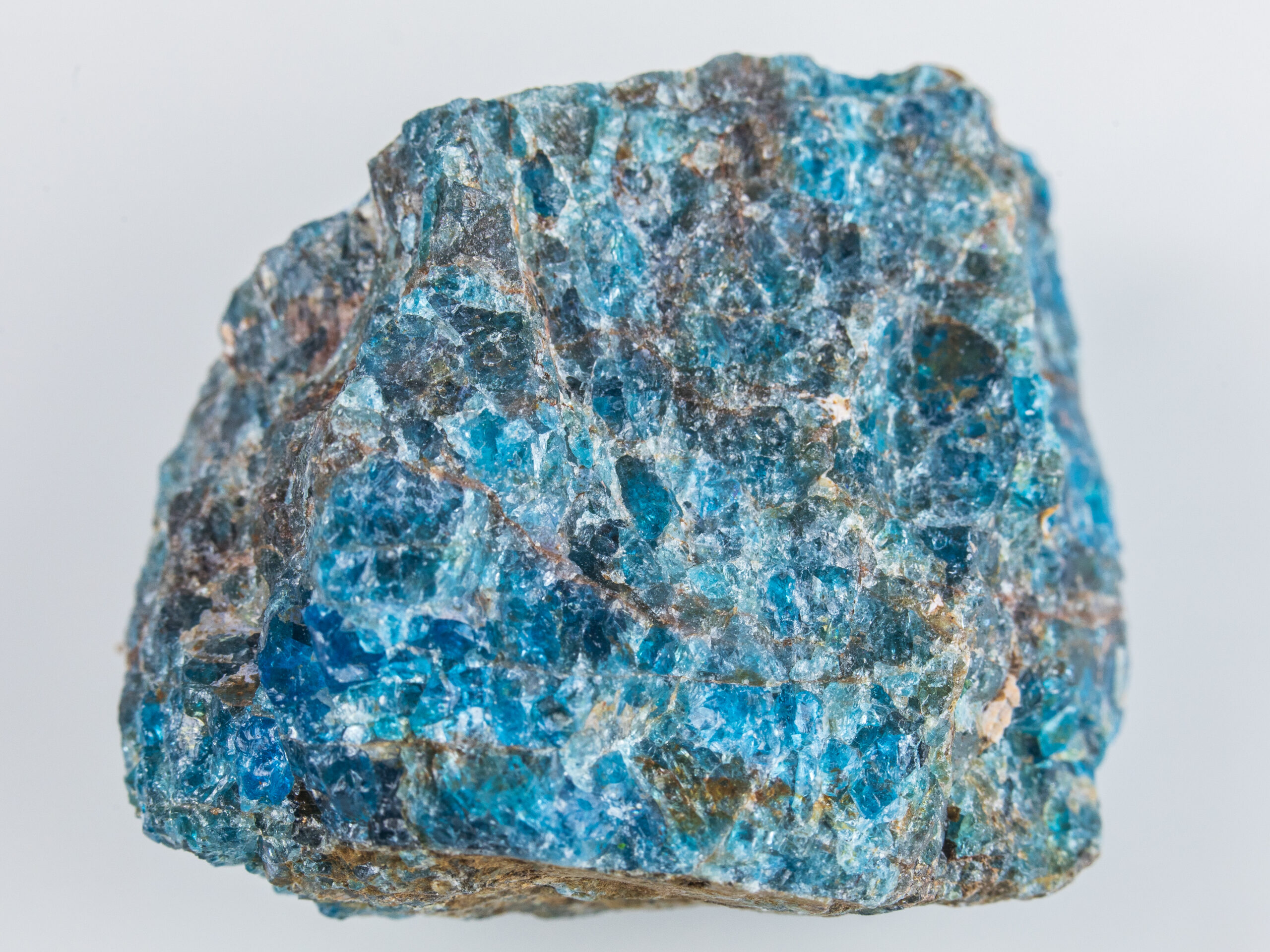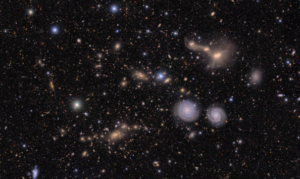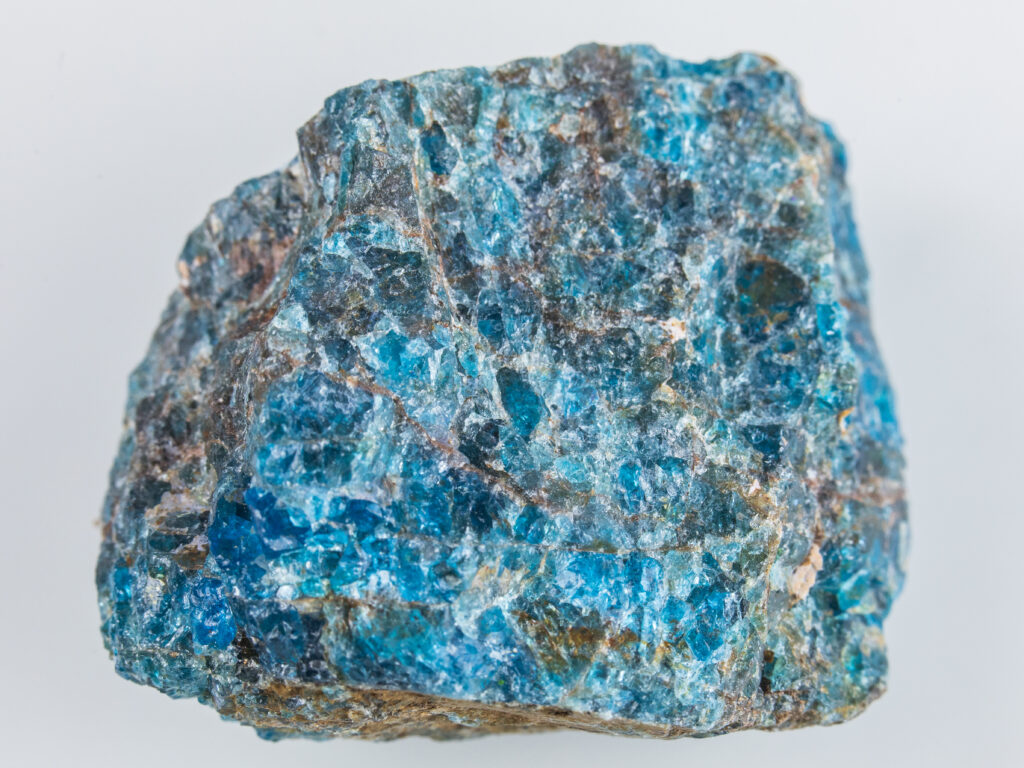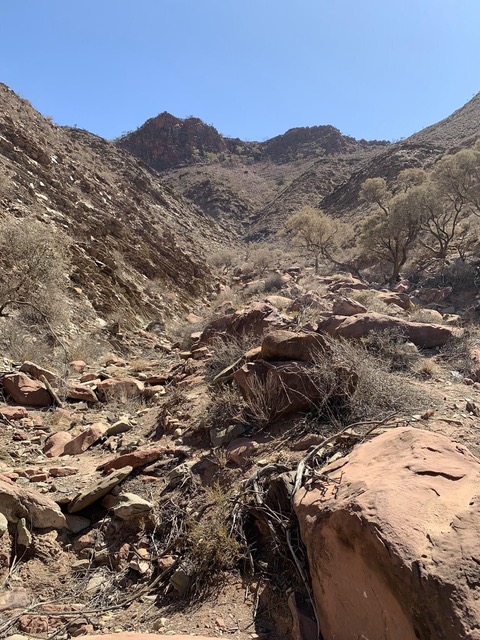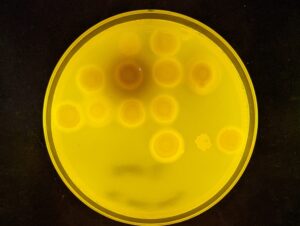Phosphorus is one of four major elements vital for life.
All living things use phosphorus to build DNA and store energy.
But phosphorus is rare. It only makes up around 0.1% of the rocks that constitute most of the Earth’s crust.
In fact, its rarity means phosphorus is at the centre of a cycle that regulates how much ocean life can grow.
Phosphorus might even have created a bottleneck in the evolution of life, according to a team of Western Australian scientists.
Go with the flow
Phosphorus has a huge influence on how much life can grow in the ocean.
Dr Matthew Dodd is an astrobiologist at the University of Western Australia.
He was part of a team that used geological records to study ocean phosphorus.
“Phosphorus in the oceans has only one source, which is the weathering of rocks on land,” says Matt.
Sediment from weathered rocks eventually enter the rivers to ultimately end up in the oceans.
“Phosphorus enters our oceans through weathering, but this only supports 0.1% of all marine life today,” says Matt.
“The other 99.9% of marine life requires phosphorus that’s internally recycled within the oceans.”
Take a breath
Because phosphorus is scarce in the ocean, it plays an essential role in regulating ocean life.
Ocean phosphorus is mostly locked into sediments and buried in the seafloor. It’s released from sediments when the ocean’s oxygen concentration is low.
This extra dose of phosphorus makes the ocean water more nutritious, letting more life grow.
Much of this life will be photosynthetic, like phytoplankton. In fact, these microscopic ocean plants produce half of Earth’s oxygen.
More phytoplankton means more oxygen in the ocean. And as the concentration of dissolved oxygen in the ocean increases, it causes sediments to absorb more phosphorus.
So basically, not enough oxygen releases phosphorus into the ocean while too much oxygen locks the phosphorus back into sediments on the seafloor.
It’s a big chemical circle that regulates ocean life.
Winding back the clock
However, the ocean phosphorus cycle might not have existed in the ancient past. So how did this influence ancient life on Earth?
Matt’s team went to answer this question by looking at phosphorus levels during the Ediacaran Period – which is dated to 635 to 541 million years ago.
“Our research group uses [a geochemical model of] the phosphorus concentration in rocks to estimate … the phosphorus concentration in the oceans … hundreds of millions of years ago,” says Matt.
An explosion of growth
Matt’s team found something interesting about the phosphorus concentration in these Ediacaran aged rocks.
The phosphorus concentration was very low. This means that the natural phosphorus cycle we see today couldn’t have released enough phosphorus to encourage an explosion of life.
But thanks to other fossil records, we know there was an explosion of life around this time.
So what was it driven by if the influential phosphorus cycle wasn’t there?
Life finds a way
Matt’s team have a hypothesis. They believe large amounts of sulphate may have entered the ocean around the Ediacaran Period.
“The oxygen in sulphate has to come from oxygen produced by microbes, microorganisms, algae, cyanobacteria,” says Matt.
Some types of microscopic life use sulphate to breathe. They turn sulphate (one sulphur and four oxygens) into hydrogen sulphide (one sulphur and two hydrogens).
On the ocean floor, sulphide then reacts with other minerals to release phosphorus.
So, these microscopic forms of life might have released extra phosphorus into the ocean which kickstarted the explosion of life.
Planetary phosphorus
So what’s so important about this discovery?
Well, as we search for life on other planets, it’s worth knowing what chemical reactions affect evolution.
“If widespread global anoxia suppresses phosphorus availability, this could result in a monotonous, unchanging world,” says Matt.
With little oxygen and less phosphorus, it might take a planet much longer to develop life.
So finding oxygen and phosphorus could be a positive sign for life.
In fact, scientists recently found phosphorus on Saturn’s moon Enceladus.
Currently, Enceladus is one of the top candidates for other life in our solar system.
Recap: Why do we care about phosphorus?
So wait, what was the point of this article?
Well, phosphorus is a pillar for life on our planet. The phosphorus cycle is a chemical process that has regulated our ocean’s life over centuries.
But this cycle hasn’t been around forever. For a long time, phosphorus was locked into minerals, making the ocean a difficult place to live.
Matt’s team found microbes that might have unlocked this phosphorus using another chemical – sulphur.
This freshly unlocked load of phosphorus could have turned the oceans into a nutritious soup, kickstarting the evolution of complex life.
So finding phosphorus on other planets might be a sign that life may be hiding amongst their rocks and oceans.
From Earth’s ancient past to humanity’s future amongst the stars, phosphorus remains a key to life.
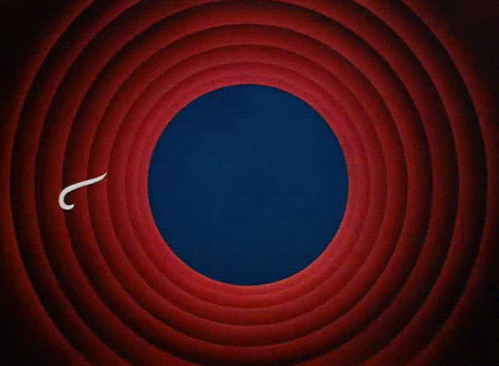
GIPHY



